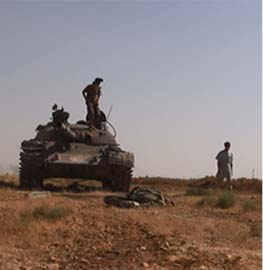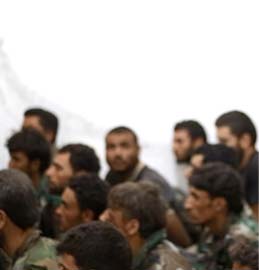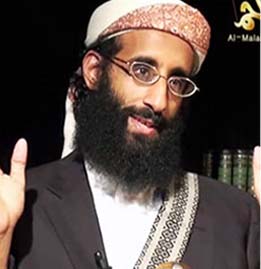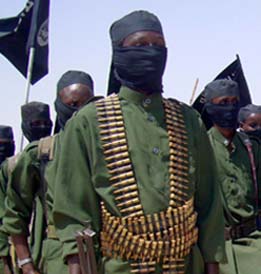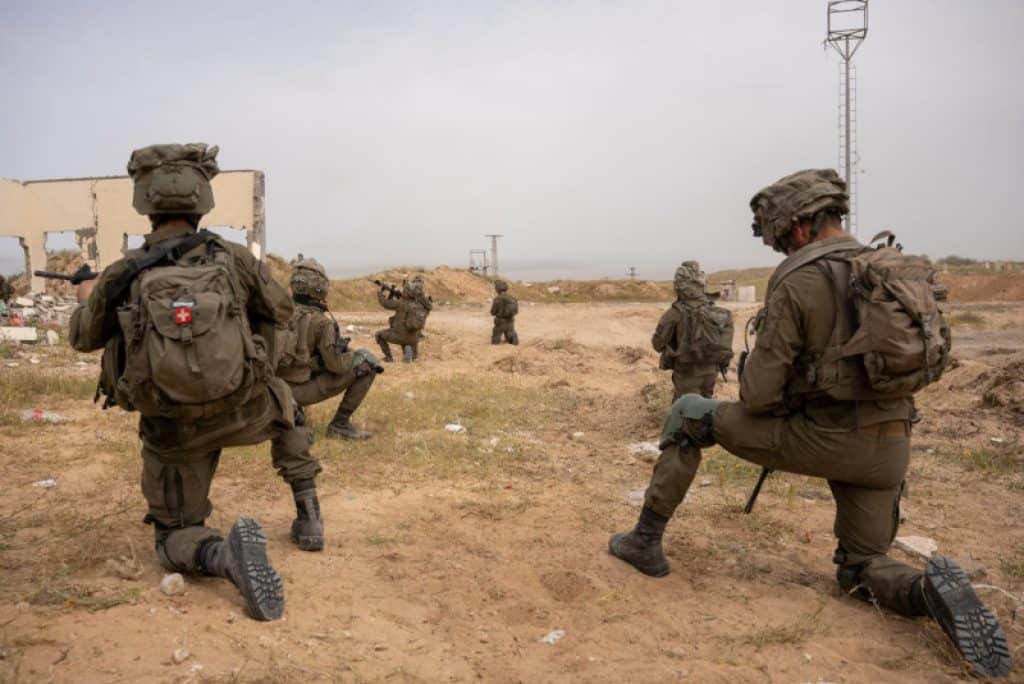
The Israeli military is proceeding systematically and slowly to consolidate control over southern Gaza. The Israel Defense Forces (IDF) sent more units into the territory and is aiming to cut off Rafah. In the first days of April, the IDF announced it would take control of the Morag Corridor separating Rafah from Khan Younis. Now, Israeli units are operating in the corridor and are seeking to clear Rafah of remaining Hamas infrastructure and fighters.
The IDF’s new operation in Gaza started on March 18. On April 4, the Israeli military noted that its 401st Armored Brigade is operating in the territory and working to “expand the security perimeter and dismantle Hamas terrorist infrastructure.” The next day, the IDF said that the 36th Division was also fighting in Gaza, tasked with clearing the Morag Corridor using its 1st Golani Brigade (infantry) and 188th Armored Brigade. “As part of the activity, the division’s troops are operating in Rafah to locate and dismantle remaining terrorist infrastructure in the area,” the IDF added.
The types of operations the IDF is conducting are similar to those used last year to target Hamas units. For instance, the 1st Golani Brigade has been operating in Rafah to “dismantle remaining terrorist infrastructure in the area, including buildings used by terrorists, and observation and firing positions,” the IDF said on April 8. In Shabura, another sector of Rafah, the IDF said the 84th Givati Brigade is also conducting similar sweeps of terrorist infrastructure.
It appears Hamas has mostly withdrawn in the face of the Israeli advance. The terrorist group may have as many as 20,000 fighters, some recruited over the last year after it suffered significant blows from the IDF throughout 2024.
The level of fighting in Gaza appears significantly reduced from last year. The Times of Israel noted that “little to no fighting has taken place in the Gaza Strip since the Israeli military resumed its offensive against the Hamas terror group several weeks ago.” Doron Kadosh, the military correspondent of Israel’s Army Radio, visited Gaza on April 9 and reported that the amount of contact with the enemy on the line is “zero,” and the IDF eliminates Hamas members from a distance when opportunities arise. The Israeli advance has been characterized as “slow at the expense of achievements.”
Israeli media reports indicate that there are still two Hamas battalions in Rafah and three in Khan Younis. In addition, The Jerusalem Post reported, based on “security sources,” that only 25 percent of the Hamas tunnels have been destroyed in Gaza in 18 months of fighting, presenting a continuing challenge for Israel.
The IDF is now focused on clearing Rafah of the remnants of Hamas after most civilians were evacuated from the area. IDF Chief of Staff Lieutenant General Eyal Zamir visited southern Gaza on April 8 and told Israeli troops, “You have returned to operate in the Gaza Strip, in areas where IDF troops are operating for the first time—I expect you to defeat Hamas’s Rafah Brigade and to achieve victory wherever you operate.” Israeli forces are seeking to “operate to establish operational control in the area,” the IDF said on April 10.
The Israeli military has also continued targeted strikes on Hamas commanders in Gaza. On April 7, the IDF announced it had eliminated Hamas terrorist Hassan Abdel Fattah Mohammed Aslih in Khan Younis, noting he had “infiltrated Israeli territory and participated in the murderous massacre carried out by the Hamas terrorist organization on October 7th.” On April 9, the IDF said it eliminated Haitham Razek Abd al Karim Sheikh Khalil, the commander of Hamas’s Sheijaiya Battalion. The previous commanders of this battalion were killed in March 2025 and December 2023.
Although recent fighting in Gaza has been relatively light compared to a year ago, one incident in particular has led to controversy about the new operation. On March 23, Israeli troops in the Tel al Sultan area of Rafah fired upon a convoy of Palestinian Red Crescent Society ambulances that also included a UN car and fire truck. Fifteen people were killed. The Red Crescent and other groups called for an investigation, the BBC noted on April 6.
On April 7, the IDF completed a preliminary inquiry into the incident and said its findings “indicated that the troops opened fire due to a perceived threat following a previous encounter in the area, and that six of the individuals killed in the incident were identified as Hamas terrorists.” The IDF has not commented on the identities of the other nine individuals killed in the incident.

